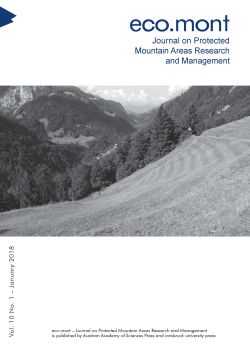
Eco.mont Vol. 10 Nr. 1, pp. 15-23, 2018/01/09
Journal on Protected Mountain Areas Research and Management

Recreational and sports activities in protected natural settings have increased in recent decades. Despite the extensive literature addressing the segmentation of visitors in protected natural settings, to date, the willingness to engage in physically challenging activities has not been considered a potential segmentation criterion. Moreover, very few segmentation studies in the field provide additional empirical evidence about the extent to which the descriptors used influence the assignment to a particular segment. Therefore, drawing on results from 1 597 questionnaires collected from visitors in five protected areas (Catalonia, Spain), the main intention of this applied research was to add to current knowledge and provide a multi-dimensional perspective on the role that socio-demographic, trip, motivational and attitudinal characteristics play on visitors’ willingness to engage in physically challenging activities. Our results revealed that in terms of the level of importance that they attributed to engaging in challenging physical activities, visitors in the areas studied are not a homogeneous group. Although the allocation of visitors to particular segments varied significantly according to the descriptors selected, logistic regression analysis revealed that motivational and trip behaviour descriptors had a stronger capacity to predict segment membership.
Keywords: protected natural areas, visitor segmentation, physical activity